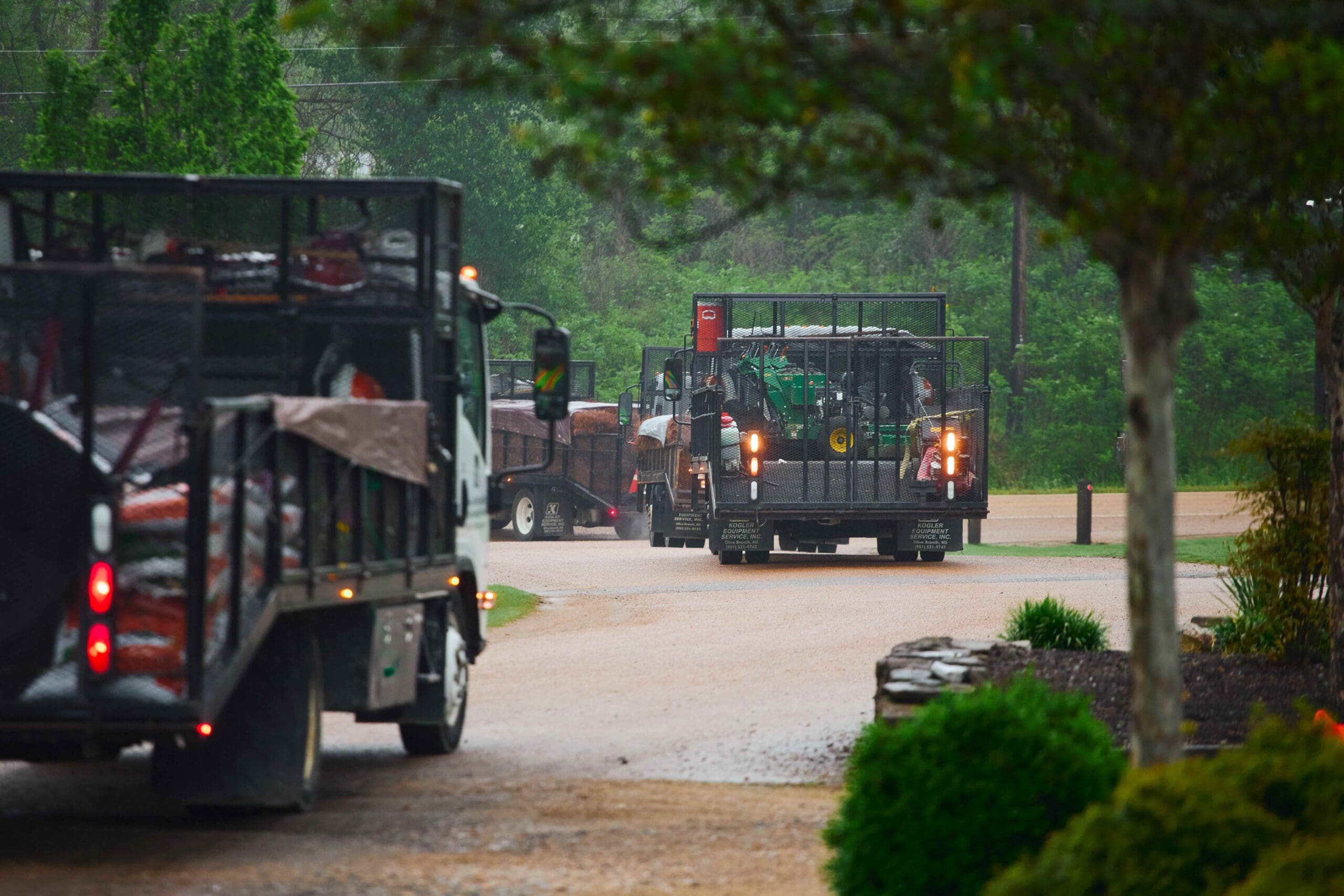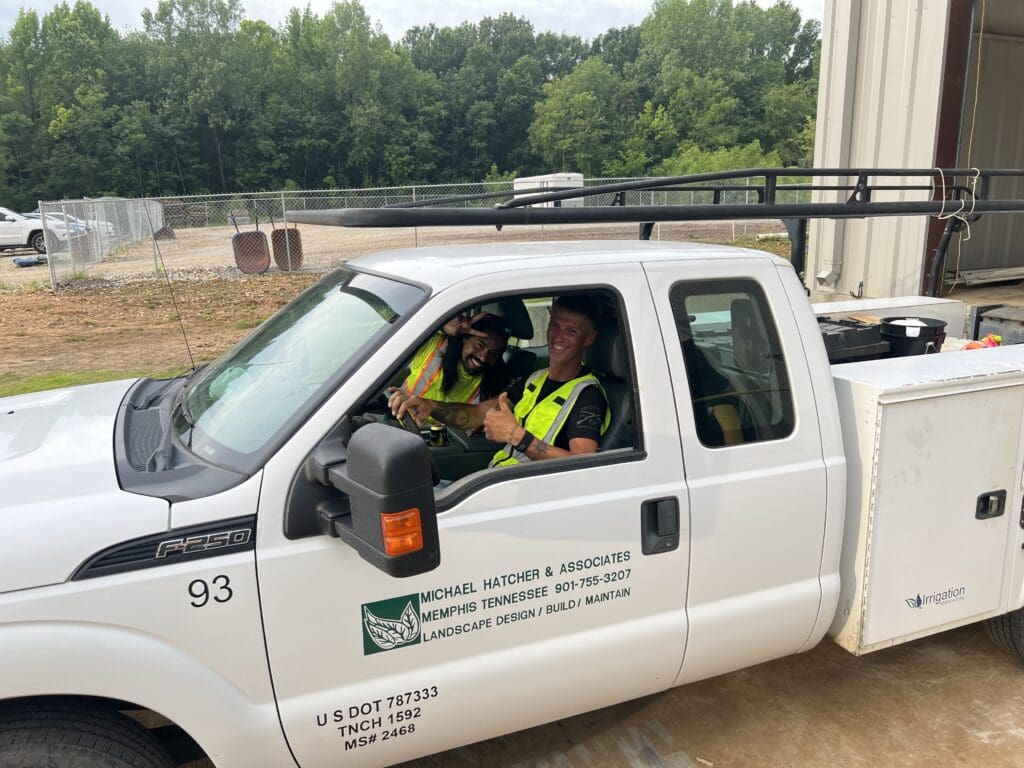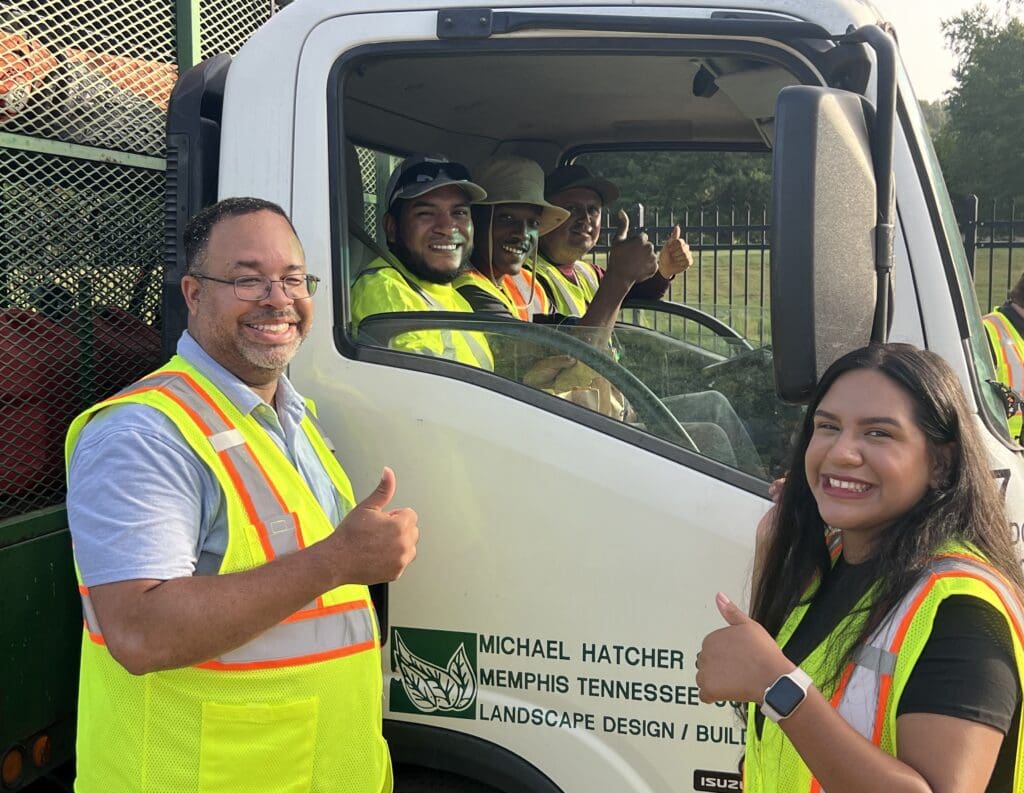
Michael Hatcher & Associates, based in Olive Branch, Mississippi, has a fleet of over 70 vehicles on the road every day. They have achieved an average annual reduction of 95% in the cost of their auto claims and an 87% reduction in the frequency of auto claims.
This is in part thanks to their partnership with insurance provider Amerisure and Insight Risk Management. They started in 2010 to improve their overall safety culture and safety procedures. In 2020, Michael Hatcher & Associates began focusing on improving their fleet safety. This included leveraging Geotab telematics and enhancing their driver selection process.
Josh Wilder, manager of safety, training, equipment, facilities, and fleet for Michael Hatcher and Associates, says they had a high number of auto claims in the past. Their insurance company encouraged them to reduce this because of the possible ‘nuclear’ situations that could occur.
Wilder says an example of this would be if you had bad drivers, were aware of their driving record, and they were at fault for someone dying in a wreck, a settlement could turn into something far more serious over time.
Amerisure sends someone once or twice a year to sit down with Michael Hatcher & Associates to talk about their trends from all their claims from auto, all the way to workers’ comp, property, and general liability.
“It’s not always a bad thing,” Wilder says. “It’s sometimes, ‘Hey, how can we improve from where you’re at?’ They just sit down and say, ‘This is a trend. How can we help to improve this? They were the ones that really pushed on the telematics.”
Wilder says the price was part of the reason they hadn’t invested in telematics earlier, as they didn’t want to spend more money on a vehicle, but they’ve found it very helpful. He says the GPS tracking allows them to prove they were on site for snow events or to fertilize somebody’s lawn.
Fostering Safe Driving Habits
On the safety side, telematics can provide information on speeding, hard braking, harsh cornering and more. It gives them driving trends, good and bad. The company conducts weekly driver reports that provide accountability and insights into risky driver behaviors.
“We are really homing in on speeding this year,” Wilder says.

He says their managers with their smaller trucks are the ones most likely to speed. If one triggers a speeding alert, they will have a conversation to reiterate that behavior is not acceptable. They can issue written warnings and have an online driving course they’ll put employees through, if necessary.
“We don’t want to take away driving privileges, so that would be more of a last-case resort, but we also have to protect our company too,” Wilder says.
Aside from speeding, they’ve also been working to curb harsh braking. Wilder says this typically indicates someone is tailgating the car in front of them, and they are more likely to end up rear-ending someone. He says catching these trends allows them to coach their drivers and reduce their chances of accidents.
The telematics can also increase their efficiency by tracking idling so they know if someone is sitting on a job site and they’re wasting fuel for too long.
Wilder says there are always concerns about Big Brother-esque technology, but they got team buy-in early on as crews understand that the company is using telematics to help avoid an incident.
“From a just an inconvenience standpoint, when somebody gets in an auto accident, whether it’s your fault or somebody else’s fault, you’ve got to go through the whole process of paperwork, dealing with a police report, potentially a drug test or a doctor’s visit,” Wilder says. “How can we avoid that? How can we train our guys to look 10 seconds ahead on, to avoid people pulling out in front of you, or to avoid something happening so maybe we can cut that accident down by 50%.”
He says telematics are becoming more of a norm for drivers so they’re more accepting of them in general. Wilder expects there might be some pushback if they add dash cams but says even if there’s one accident they can prove is not their fault, the dash cams will pay for themselves.
Driver Selection Process
Another process that has increased their fleet safety is the implementation of annual Motor Vehicle Records (MVR) reviews. Wilder says they pay a yearly fee for these reports.
If an employee’s MVR shows they have some speeding tickets, the company start with some conversations and corrective action. It could include a write-up all the way to having their driving privileges removed.

“We’re always trying to work toward retaining those people because we don’t want to lose good employees and good drivers, but we also have to keep a standard so everybody is on the same playing field,” Wilder says.
They also pull MVRs for people they’re looking to hire. Wilder says this enables them to catch people who may not be totally honest about their driving record.
“If we have anybody that we’re really feeling good about employee-wise, but their driving is iffy, they would go on a probationary period,” Wilder says. “You’re sticking your neck out there, so they’ve got to be able to do their part.”
New hires also have to take a driver’s test before they’re allowed to drive for the company just to make sure they are competent. Over the past few years, the company has conducted at least one driver training with all their drivers.
“That’s taking a few hours in a day, a just going through a driving type course, going over problems, stuff you need to look out for, kind of like a very, very miniature version of what a commercial driver would go through in a CDL class, and then doing a little road test like when you’re 16 and taking your driver’s test,” Wilder says.
Advice for Others
Wilder says other companies looking to improve their fleet safety should look at their current problems.

“What are you telling your guys on a daily basis?” Wilder says. “Is it just rush to the job and start work? Are you providing them with all the necessary equipment so they don’t have a risky situation?”
He says they are diligent about ensuring equipment is tied down and materials are covered to prevent things from flying off the truck and breaking a windshield.
Little things like doing a three-point check every time crews leave the yard can minimize accidents. Every morning, all the managers help as the crews are leaving to confirm that everyone is buckling up and loads are secure as they’re leaving.
“The company as a whole has just really bought into trying to reduce accidents in general,” Wilder says.

